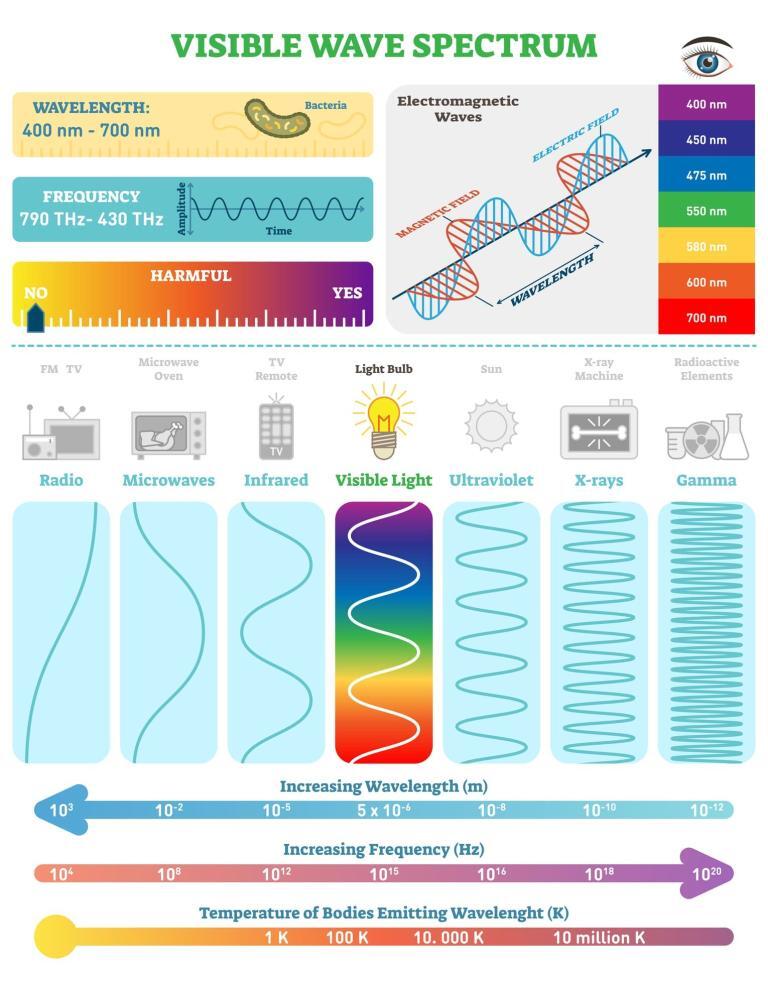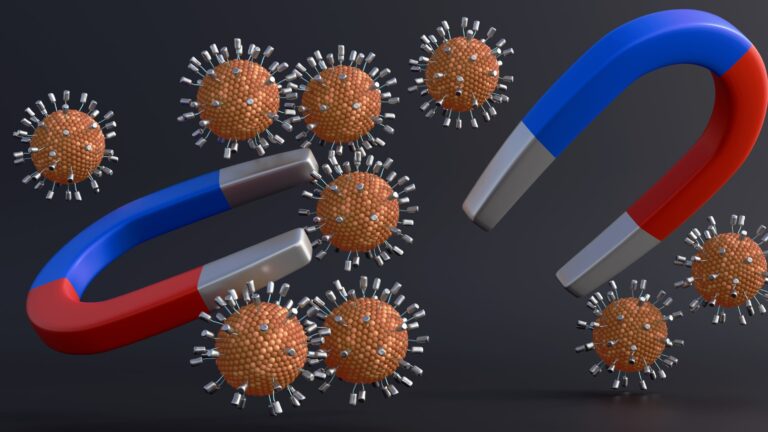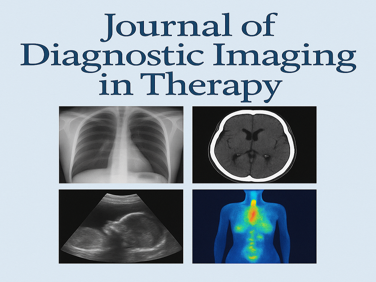Medical Imaging
Medical imaging is becoming more personalised towards patient treatment, especially with the advancement of artificial intelligence machine medicine. Artificial intelligence is leading the way in radiology to make big data work for radiologists with limited technological involvement to transform the patient treatment plan. Instead of doing several imaging procedures on a patient, artificial intelligence will guide the physician on the best imaging test for the patient.
The advantage of this approach is that it would make having a magnetic resonance imaging (MRI) or computed tomography (CT) scan more cost-effective because the radiologist could focus on the area of the body according to the data produced by artificial intelligence. Also, the patient would be exposed to lower radiation doses than the higher dose required to provide high-resolution images. However, artificial intelligence will analyse the data from low-resolution images by processing large amounts of raw data that are not generally used by current imaging modalities.
Furthermore, the radiologists can access the medical imaging report reasonably, process the images using all the data and analyse essential features in the scan. This personalises medical imaging approach through artificial intelligence as a high chance of obtaining the correct diagnosis of the patient’s disease state. The artificial intelligence will combine the patient’s medical history and images to generate the diagnosis and the best treatment plan for the patient.
Another area of growth in medical imaging is augmented reality (AR) and virtual reality (VR). For example, surgery on a patient is planned by studying the patient’s anatomy using 3-D imaging. The challenge in this area is to review the actual position of the surgery in real-time, which is usually done by fluoroscopy. However, with AR, the medical images can be converted and transferred to the surgeon’s AR headsets while performing the surgery in real-time. Recently, the FDA approved Novarad’sheadset system.
This system reduces radiation exposure for patients and gives surgeons greater planning capabilities. AR also explains the surgical procedure to the patient through 3-D printed models. For example, also, the 3-D printed models were much more effective at helping patients understand the kidney or prostate tumour’s specific details, thus helping them become more confident and secure in making the right surgical choices. Novel imaging technologies will be required to understand the complex functioning of organs. For example, obtaining 3-D images of the heart through cinematic rendering tools. This provides a realistic visualisation of the organ functions that can help surgeons plan procedures.
Also, this digital technology can be used to simulate the organ’s physiology and assist medical professionals in choosing the best therapy outcome for the patient. In the next decade, artificial intelligence will greatly impact medical imaging by utilising big data for 3-D imaging and printing. Other areas will be protecting medical devices through cyber attacks, especially in radiology, patient records, and machine medicine.
You are here:
home » medical imaging













